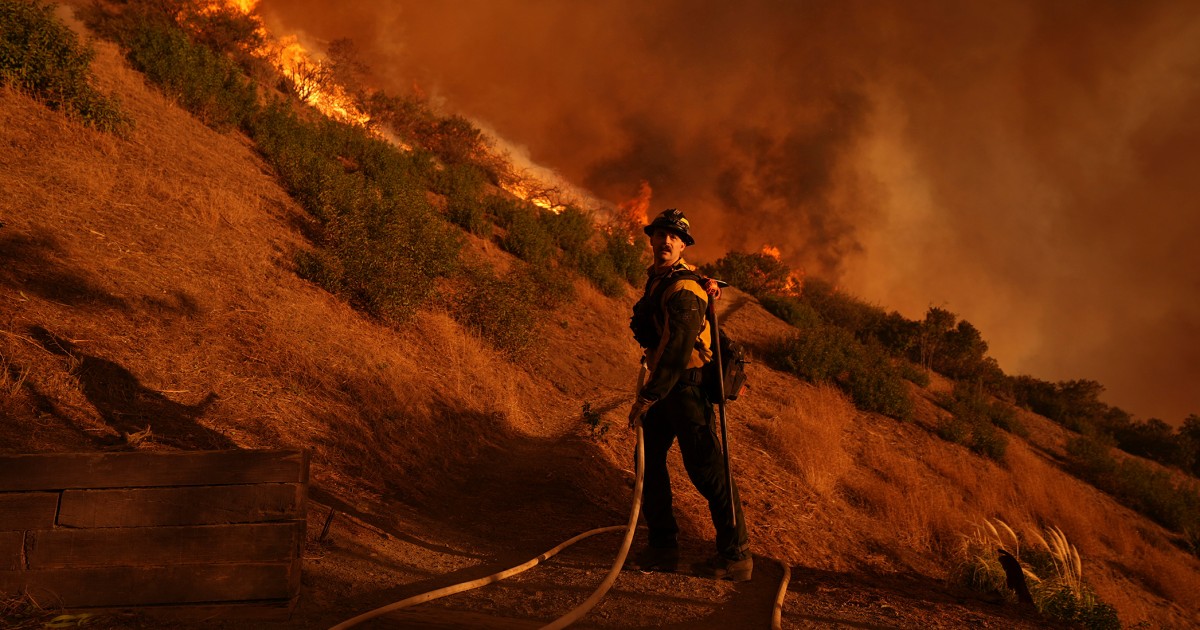Unraveling the California Wildfires: Causes, Impact, and the Road Ahead
The California wildfires have been a persistent threat, causing devastation across vast areas, particularly in Los Angeles. Each year, the intensity and frequency of these blazes seem to escalate, raising urgent questions about their origins and impact. In this comprehensive analysis, we will delve into the myriad causes of these wildfires, examine the communities affected, and explore the road ahead in the recovery efforts. Understanding these elements is crucial for residents, policymakers, and environmentalists alike as they navigate the challenges posed by these natural disasters.
Understanding the Causes of California Wildfires
The causes of the California wildfires are multifaceted, stemming from both natural and human-induced factors. These elements intertwine to create a perfect storm for catastrophic fires.
Natural Factors
One of the primary natural causes is **drought**. California’s climate is characterized by dry summers and wet winters, but climate change has intensified these patterns, leading to prolonged droughts. When vegetation dries out, it becomes highly flammable, creating ample fuel for wildfires.
In addition to drought, **high winds** significantly contribute to wildfire spread. The Santa Ana winds, for instance, can drive flames rapidly across the landscape, jumping from one area to another and making containment efforts increasingly difficult.
Human-Induced Factors
Human activity plays a substantial role in igniting wildfires. Common causes include:
- Power Lines: Faulty power lines have been responsible for numerous wildfires, particularly during windy conditions.
- Campfires: Unattended or improperly extinguished campfires can easily ignite surrounding brush.
- Arson: Unfortunately, some wildfires are deliberately set, leading to devastating consequences.
- Land Management Practices: Inadequate forest management and failure to conduct controlled burns have allowed underbrush to accumulate, increasing fire intensity.
The Impact of Wildfires on Communities
The impact of wildfires extends far beyond the immediate destruction of property and natural resources. Communities in California, particularly those in high-risk areas, face a multitude of challenges.
Destruction of Property and Infrastructure
Wildfires devastate homes, businesses, and essential infrastructure. The loss of property not only affects individual families but also has a ripple effect on local economies. Rebuilding efforts can take years, leading to prolonged dislocation for residents.
Health Implications
The smoke produced by wildfires poses serious health risks, particularly for vulnerable populations such as children and the elderly. Air quality can deteriorate significantly, leading to respiratory issues, cardiovascular problems, and other health complications.
Environmental Consequences
Wildfires also have long-term ecological impacts. They can lead to soil erosion, loss of biodiversity, and disruption of local ecosystems. The charred landscape can take years, if not decades, to recover, impacting wildlife habitats and plant regeneration.
Community Resilience and Recovery Efforts
While the consequences of California wildfires are severe, communities have shown remarkable resilience. Efforts to recover from these disasters involve a combination of government response, community support, and individual initiatives.
Government Response
State and federal agencies play a crucial role in wildfire response and recovery. This includes:
- Emergency Services: Firefighters and emergency responders are deployed to fight fires and assist evacuations.
- Financial Assistance: Government programs provide financial aid to affected residents and businesses to help with rebuilding.
- Policy Changes: Following significant fires, lawmakers often revisit policies concerning land management and wildfire preparedness.
Community Support Systems
Community organizations and local groups have stepped up to offer support in various forms:
- Shelters: Local shelters provide refuge for displaced families, offering food, clothing, and emotional support.
- Fundraising Efforts: Many communities organize fundraising events to assist those affected by wildfires.
- Awareness Campaigns: Educating residents about fire safety and preparedness is crucial for minimizing future risks.
The Road Ahead: Mitigating Future Wildfires
Looking forward, mitigating the impact of wildfires in California requires a concerted effort from all stakeholders. Here are some strategies that can be implemented:
Improved Land Management
Effective land management practices are essential for reducing wildfire risks. This includes:
- Controlled Burns: Regularly scheduled controlled burns can help reduce the amount of dry vegetation, making it less likely that wildfires will ignite.
- Vegetation Management: Thinning out overgrown areas can help create buffer zones that slow the spread of fires.
Community Preparedness
Communities must be proactive in preparing for wildfires. This involves:
- Evacuation Plans: Developing clear evacuation routes and plans can save lives during emergencies.
- Firebreaks: Establishing firebreaks can help stop the spread of wildfires into populated areas.
Technological Innovations
Advancements in technology can play a significant role in wildfire detection and management. This includes:
- Drones: Utilizing drones for surveillance can help identify hotspots before they escalate into larger fires.
- Predictive Modeling: Enhancing predictive models can improve preparedness and response efforts.
Conclusion
The California wildfires serve as a stark reminder of the power of nature and the vulnerabilities of human communities. Understanding the causes, impacts, and recovery efforts is vital for building resilience against future wildfires. With proactive measures, community involvement, and government support, California can pave the way for a safer future. The road ahead may be challenging, but with determination and collaboration, communities can emerge stronger than ever.
See more Your Daily Weather



